“Many believe that the Turin-Lyon TAV is just a project, in reality it is a work in an advanced stage of construction. To date we have excavated over 25 km of tunnels, including the first ones 6 km of the future Mont Cenis Base Tunnel. This first section of 9 km, which will be completed in June 2019, is in the axis and diameter of the South tube tunnel where trains will pass in the direction of Italy". Precisely in the days in which the Lega-Stellato government, which through Infrastructure Minister Danilo Toninelli took additional time by commissioning yet another cost-benefit analysis (it would be the eighth since the beginning of the project, with the promise of delivering the results by November but to date, the approval of the Court of Auditors on its institution is still missing), is squeezed between the square that for once is against it, with the novelty of the people of the Yes Tav, and the European Union that threatens to blow up aid, FIRSTonline visited the Saint-Martin La Porte construction site together with Maurizio Bufalini, Technical Director and Deputy General Manager of TELT, the company 50% owned by the French Treasury and 50% by FS which manages the cross-border section of the Turin-Lyon line. A 65 km stretch close to the border, of which 57,5 km will be made up of the Mont Cenis base tunnel, about to pass the Gotthard by a few hundred meters and become the longest railway tunnel in the world. We will talk about it, hopefully, in 2030, according to the timetable which establishes the end of civil works by 2026. But in the meantime, 450 workers and engineers work day and night here, 60 of whom are Italian, and they are at work 3 French and 3 Italian companies, with contracts already signed for 1,3 billion euros.
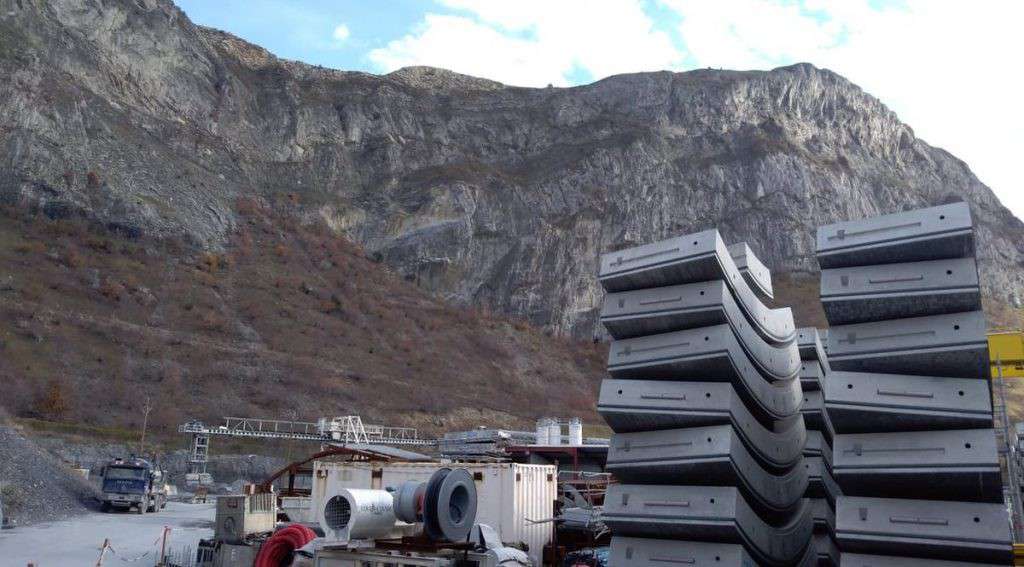
HOW MUCH DOES IT COST
Now, after years of No Tav protests and slowdowns (even if the Parliaments of Italy and France have already given the definitive go-ahead to the work, in 2017), the most discussed section needs to be unblocked, which concerns the Italian territory only for 12,5 km of the total 57,5 and that it will cost a total of 8,6 billion, of which only 35% will go to Italy, because after the 2015 agreements the European Commission agreed to finance the project at 41%. Financing that Toninelli's "melina" risks blowing up: "If there are delays in carrying out the works, these may be subject to a reduction in the foreseen European funds", Brussels made clear and roundly known. “The tenders for the Turin-Lyon line must start in December, otherwise the taximeter will start and there will be a tax damages of 75 million euros per month“, quantified Paolo Foietta, extraordinary commissioner for the Turin-Lyon, appointed by the previous government and expiring in December (Toninelli has already said that he will not be confirmed).
“There is also another aspect to take into consideration – adds Bufalini -: recently the European Union has made it clear that it would like to increase the funding quota to 50% for the works relating to TEN-T, i.e. the 10 transnational rail corridors that will make up the so-called metro of Europe and which also includes the Turin-Lyon. Going forward in this way, we therefore risk losing further funds ”. The Turin-Lyon is the former Corridor 5, the one that was originally supposed to connect Lisbon to Kiev but which was then reformulated into the 3.000 km route that connects southern Spain to Hungary, and which in any case cuts horizontally through half of Europe and hooking up all of Northern Italy to a network that will connect goods and people more quickly, also reducing pollution, as envisaged by international agreements on decarbonisation.
WHAT IS IT FOR
“When the work is completed – explains the technical director of the yard – you can go from Milan to Paris by train in 4 hours. But above all, it will be possible to move a large part of the freight traffic, which currently takes place 92% by road, with 3 million lorries transiting every year between France and Italy, by rail, thus reducing the number of lorries by 1 million and 3 million tons of CO2 emissions per year, equal to those emitted annually by a city of about 300.000 inhabitants”. In fact, the COP21 in Paris predicts that by 2030 30% of freight traffic will take place by rail, a percentage that should rise to 50% in 2050. The Frejus would already exist, the No Tav claim, but the current tunnel, in addition to not being wide enough to let modern convoys pass, climbs up to 1.300 meters, compared to 600 meters above sea level of the future Mont Cenis tunnel, with a 40% higher energy cost.
“The tunnels under construction, on the other hand, will allow the transit of all types of trains and in maximum safety: let's not forget that the Frejus is a very old connection, built 150 years ago, and is currently used by way of derogation". The trains will be able to travel at a speed of 220 km/h for passengers and 120 km/h for goods, according to the standards that also apply to the Gotthard, which came into operation in 2016 and is financed almost entirely by Switzerland: “ The Gotthard is part of Corridor 1 - analyzes Bufalini -, the one that connects Rotterdam to Genoa and is one of the most strategic, because currently the goods arriving by sea from Suez, to go to Northern Europe, go around from Gibraltar. Completing the Corridor with the Third Genoa Pass would be very important so that the main hub does not become Marseilles”. Marseilles which would then be connected to Lyon and from there to Italy, which without these works would thus lose a very important commercial opportunity on the Turin-Genoa-Milan axis.
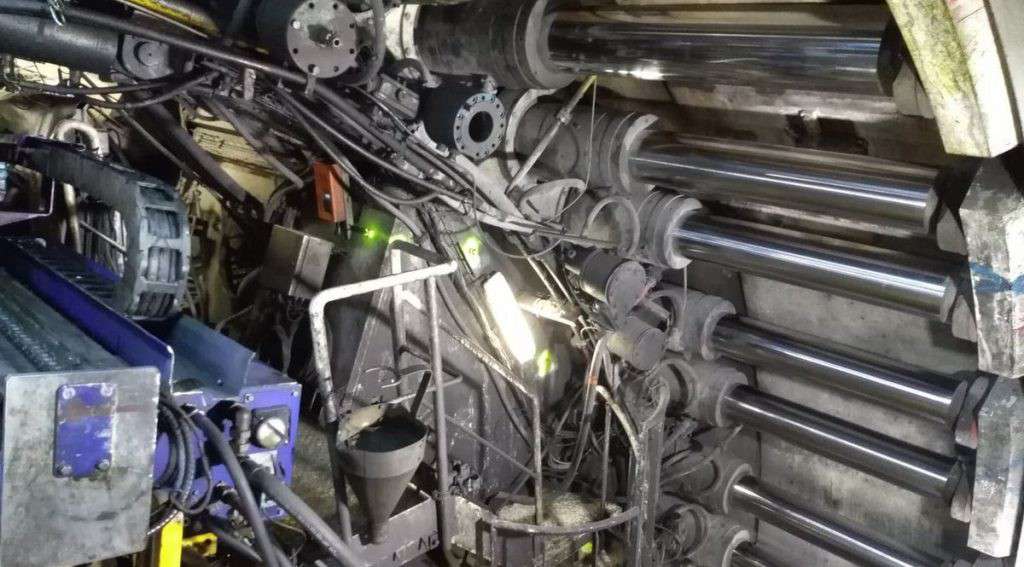
WHAT STAGE ARE THE WORKS AT
The construction site is therefore not at a standstill, not even in Italy. In Chiomonte, a few kilometers from the better known Susa, which gives its name to the valley, scene of a thousand disputes, it has already dug for 7 km. “One of the four so-called shafts already built was excavated in Italy – explains engineer Francesco Gamba, from the Saint-Martin-La-Porte works management -, we are now advancing in France along the first 9 km on the axis of the basis. The base tunnel has not yet been built in Italy and it is true that France is ahead, but for a simple reason: the French stretch under construction is the one where the mountain has the most geologically difficult rock. There was therefore the risk that that stretch was completed late”. In all, between geognostic tunnels and shafts, over 15% of the total tunnels planned between Italy and France have been excavated to date, and Italy has spent 340 million euros for this very first part of the work.
“In all – adds Bufalini -, from 2015 to 2029, over the total duration of the works, Italy will have spent less than 3 billion euros: i.e. just over 200 million a year”. The next piece of investment that must start, that of the famous calls for tenders which are at a standstill for now because the Government is hesitating, is for a total of 3,5 billion, to assign the construction of the tunnel pipes through four large contracts, divided into 4 lots of which 3 are in French territory. “If the assignment is postponed by a couple of months there won't be any problems – Bufalini assures us -, the situation is different if we have to lose 6 months or more. In that case, the EU funding would be at risk because the work would have other times and other costs, probably higher than those initially indicated". There will be a total of 81 tenders, many of which are of small amountsattractive for local SMEs. "To further enhance the related industries, we have also decided not to create a dormitory but to make agreements with the companies to let the workers sleep and eat in the area, during the duration of the construction sites".
HOW IT IS DIGGING
The lot already under construction, which started even before the large contracts were awarded, is the second starting from France, 10 km after St Jean de Maurienne, which is the point where the railway will enter the mountain and then come out in Susa, in Piedmont. “It is already under construction because this is actually an exploratory work, already funded with 1,3 billion total contracts already signed, even if to all intents and purposes it is what will then be the base gallery. There is a descent of a few km but the 6 km excavated on the main axis are already the definitive ones”, explains Bufalini. In Saint Martin La Porte is digging non-stop Federica, the cutter made by a French company (even moles have a name, like hurricanes), with which 25 people work continuously at a time, divided into three 8-hour shifts including the night. These are Italian and French workers, but also of other nationalities.
“This year for the first time we will have a few days off at Christmas and New Year's. We have been working on those days for four years too – says Gamba -. Federica excavates 50 millimeters of rock per minute, which means, considering the technical pauses, that every day it gives light to about 25 meters of gallery. Here the rock is particular, it reassembles itself if too much time passes after the excavation, a bit like when you dig in the sand. That's why we started from here." The side tunnels, a couple of which have already been completed in Italy, will be used for safety, maintenance and also for water drainage: moreover from the hot water that comes out of the rock valuable geothermal energy can be obtained, as was done in Switzerland precisely during the works for the Lötschberg tunnel (the one that precedes the Gotthard when arriving from the North), near which built a tropical greenhouse, powered 100% by the heat of the mountain and capable of producing 4 to 6 tons of bananas and papayas every year.
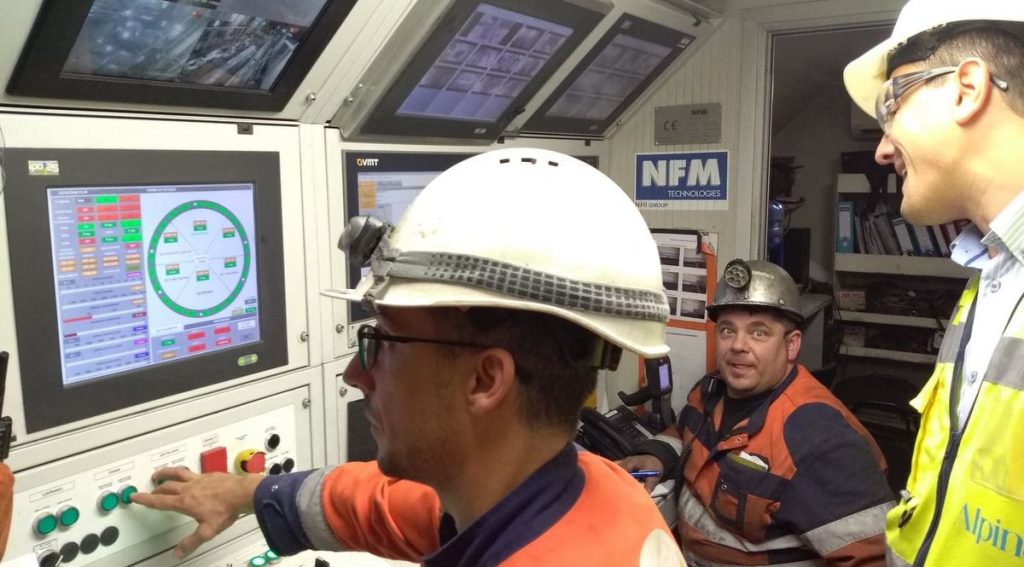
The theme of recycling and the environment is also at the center of the project, not only for the objectives related to the reduction of emissions, but also for the protection of the territory: over 62 thousand surveys carried out in these first four years of work, carried out by TELT in the Italian part under the supervision of the Regional Agency for Environmental Protection (ARPA), in which 135 parameters controlled by 40 control units positioned in a radius of 15 km from the construction site, in parallel with the 26 control points inside the work area. Not only that: in the French construction site, the waste material that comes out of the excavation is taken via an automatic belt to St Jean de Maurienne, where rocks and other materials are selected and deposited and from which concretes useful for the construction site or the " rings” that make up the tunnel lining. “60% of the material will be recycled – explains Bufalini – and only for this reason will 2 calls for enhancement be launched, one in Italy and one in France”.
HOW MUCH IS IT WORTH AND HOW MUCH IT WOULD COST NOT TO DO IT
The project is clear on the economic repercussions: in all, 800 people are already working on the Turin-Lyon route, of which around 530 are employed on construction sites and around 250 are service and engineering companies. At the peak of activity there will be 4.000 direct workers and as many will be generated in related industries. Furthermore, the Mediterranean corridor of which the Turin-Lyon route is part affects 18% of the European population in regions which represent 17% of the Community GDP. The metro of Europe can be worth, at full capacity and as a whole, 1,8% of the gross domestic product of the countries involved. Research by the Clas group has estimated that for every euro invested in this infrastructure, a contribution to the Italian GDP of 3,77 euros is obtained. As for the analysis of costs and benefits, which is at the heart of the postponement by the Government, seven have already been carried out, from 2000 to today. In order: by PWC and Neaster, again by PWC, by the EU Commission, by Egis Mobilité-Isis-Neaster-Sdg, by Bocconi University twice and again by the European Commission. All have given positive feedback and one of the two Bocconi studies, the one conducted by Certet in 2014, estimated that the temporary or definitive blockage of the Turin-Lyon cross-border section would lead to a loss of economic benefits of over 20 billion euros, considering only the first 50 years of the work's life.
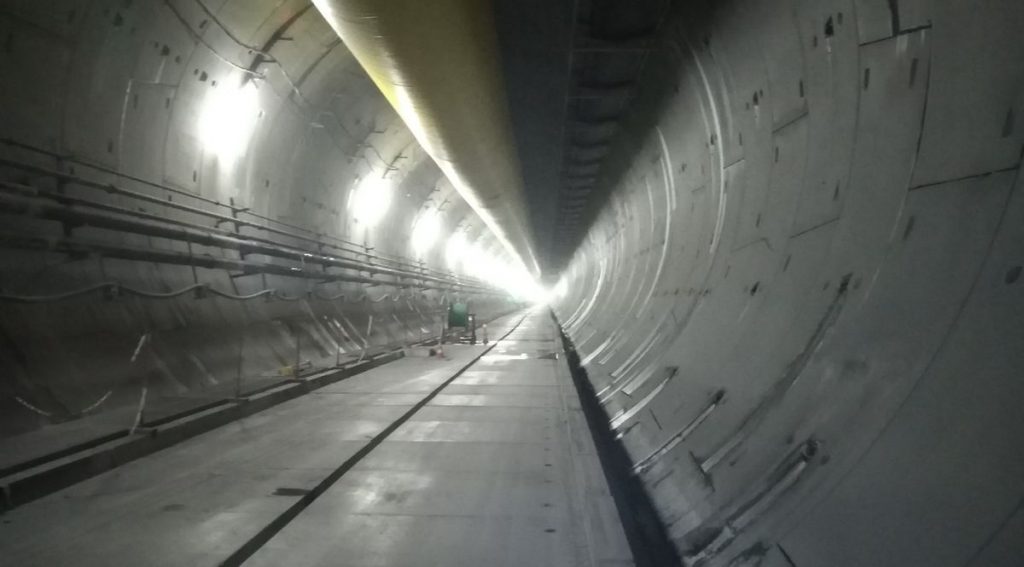
For further information, read the article by Claudio Cristofani: "The Tav is no longer the original one and it is now inevitable: that's why".

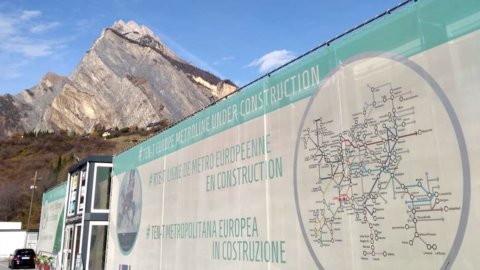
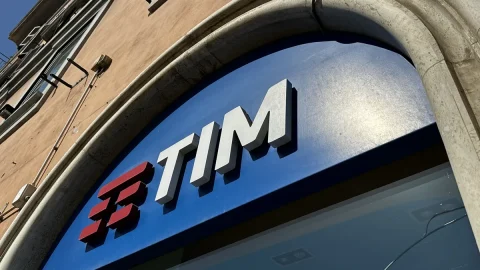
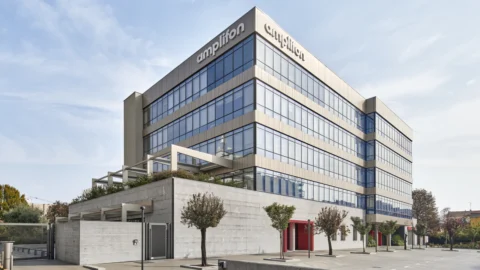


There have been enough unfinished works with Italia 90. We are at stake and we must dance
What an effort to make this work seem useful and beneficial. Just to give an example, things like "The EU has made it clear that it would like to increase by 50%..": whose declaration is this, which authoritative voice would have said it, in what capacity?
One wonders why he gave up tourism and fashion.